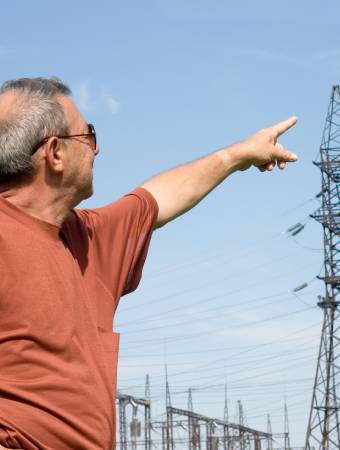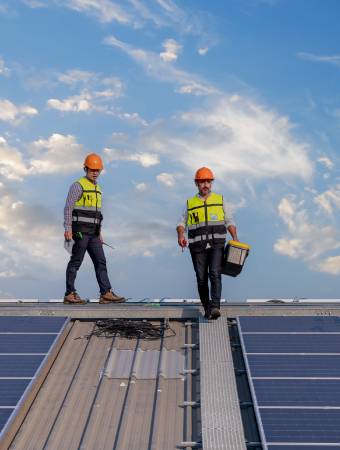
THE EVOLUTION OF DISTRIBUTION SYSTEMS FOR SUSTAINABILITY
Welcome once again to ENGINEERING TALKS, our dedicated space for unraveling the complexities and breakthroughs in electrical engineering. In today’s spotlight, we pivot our attention to a critical juncture in the energy chain—power distribution. In an era where sustainable practices are not just favored but required, let’s dive into the transformative strides distribution products are making.
Sustainable Energy Distribution: A Global Imperative
The shift towards sustainable energy distribution is propelled by necessity. As the demand for electricity escalates, the legacy infrastructure strains under the pressure, resulting in inefficiencies and larger carbon emissions. Sustainable distribution systems, therefore, are not merely idealistic—they are the backbone of future energy systems.
Next-Gen Transformers: Core Innovations for Efficiency
In the realm of power distribution, transformers play a pivotal role. The evolution from traditional silicon steel cores to amorphous metal cores marks a significant leap. Amorphous metal transformers boast dramatically reduced losses, leading to energy and cost savings, thus contributing to the broader objective of sustainability.
Automated Systems: The Vanguard of Modern Distribution
The automation wave has reached the shores of power distribution. With real-time monitoring and automatic controls, these systems have redefined the efficiency and reliability of power distribution networks. Faults are rapidly detected and addressed, minimizing downtime and energy waste—a clear stride toward our sustainable goals.
Seamlessly Integrating Renewables: A Complex Puzzle
At the core of sustainable energy distribution lies the integration of renewable sources. The inherent intermittency of solar and wind power, coupled with the necessity for conversion and storage, demands innovative solutions. This integration is not merely a matter of connecting sources but a complex orchestration of technologies working in harmony.
Visualizing Integration and Automation
Detailed visual aids like comparative tables and flowcharts can be invaluable in elucidating the differences between traditional and modern systems, as well as the intricacies of automated fault management. Similarly, diagrams demonstrating the integration of renewable energy sources can demystify the technical processes for professionals and laypersons alike.
Conclusion: Illuminating the Path to Sustainable Energy
As we wrap up, it's evident that power distribution is on a transformative journey, with innovations such as amorphous metal transformers and automated systems at the forefront. These advancements are not just enhancing efficiency; they are the critical steps toward the sustainable distribution of energy.
The horizon of electrical distribution is vibrant with innovation, driven by the imperative of sustainability. Let's continue to participate, innovate, and support the growth of these essential systems. Join us next time for another deep dive into the dynamic world of electrical engineering.















.jpg)





